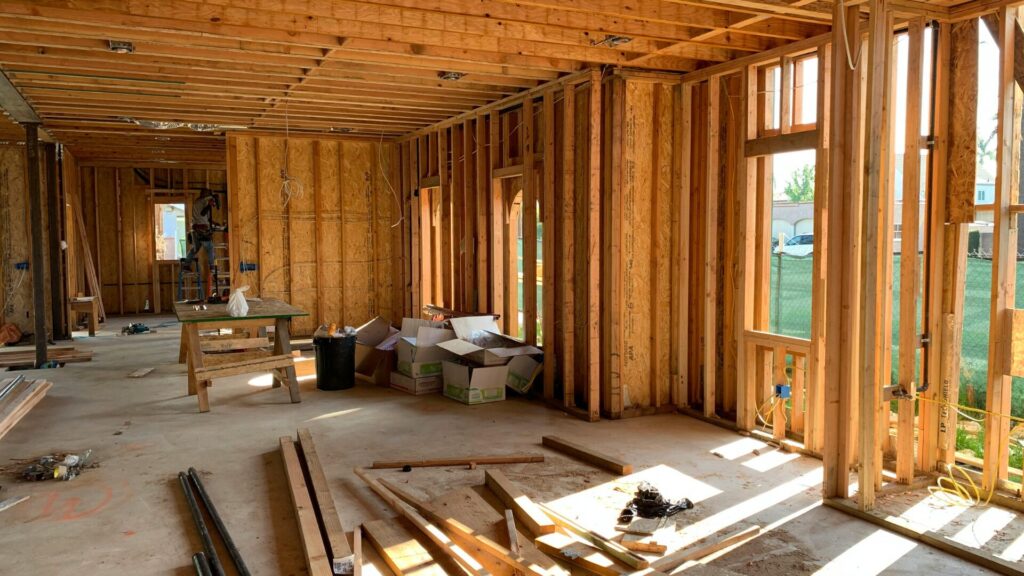Top 5 Takeaways:
- Accurate cost estimation for any construction project reduces financial risk and ensures on-time project delivery.
- It supports better resource allocation, decision-making, and stakeholder trust.
- A good estimate includes materials, labor, overhead, contingencies, and market conditions.
- Technology like BIM and cost software enhances speed and precision.
- Partnering with experienced professionals minimizes risk and boosts ROI.
1. What Is Construction Cost Estimation?
Cost estimation in construction projects involves forecasting all financial resources required to complete a project. This includes:
- Materials
- Labor
- Equipment
- Overhead
- Contingencies
From concept to completion, cost estimation acts as a financial blueprint. Without it, projects risk delays, overruns, or failure.
2. Why Is Accurate Construction Project Cost Estimation So Important?
1. Minimizes Financial Risk
A robust estimate anticipates potential cost drivers and safeguards against unexpected expenses.
2. Improves Resource Allocation
Knowing your exact needs helps reduce waste, optimize procurement, and keep timelines intact.
3. Facilitates Informed Decisions
Clear financial data empowers stakeholders to evaluate design and material choices based on ROI.
4. Boosts Client Confidence
Professional, data-backed estimates help clients trust your process, leading to stronger relationships.
Explore how SquareEdge Inc. builds trust through precise estimating on our Cost Control & Management page.

3. Key Elements of a Reliable Cost Estimate
- Preliminary Assessment: High-level projections during early planning stages.
- Detailed Takeoffs: Itemized quantities of materials and labor.
- Current Market Rates: Regional price trends for materials, equipment, and labor.
- Contingency Planning: Allowances for surprises, scope changes, or inflation.
Pro Tip: Always review estimates with seasoned professionals to uncover blind spots before they become liabilities.
4. How Technology Is Transforming Cost Estimation
Modern tools bring speed, accuracy, and collaboration to the estimating process. Examples include:
- Building Information Modeling (BIM): For visual planning and automated quantity takeoffs.
- Construction Cost Software: For real-time updates, integration, and analytics.
- Cloud Collaboration Tools: To keep everyone aligned and informed.
SquareEdge Inc. uses leading-edge platforms to deliver data-driven, real-time estimates that clients can trust.
Learn more on our Technology-Driven Construction Services page.
5. Overcoming Common Estimation Challenges
Scope Creep
Solution: Lock in a clear scope and implement a disciplined change control process.
Inaccurate or Outdated Data
Solution: Use current market benchmarks and historical project data to improve reliability.
Poor Communication
Solution: Adopt centralized tools and establish a clear documentation workflow.
See how SquareEdge Inc.’s Project Management Solutions keep projects coordinated and cost-effective.
6. Building with Confidence
Successful construction projects start with a solid plan—and accurate cost estimation is the cornerstone. It reduces risk, improves predictability, and enables strategic decision-making. When you work with a trusted partner like SquareEdge Inc., you gain the tools and insight to complete projects on time and on budget.
Ready to remove the guesswork from your next project? Contact us to learn how our expert estimators can help you plan and execute with precision.
As construction continues to evolve with new materials, technologies, and environmental considerations, the role of cost estimation will only become more central. Sustainability goals, for instance, often bring new cost variables that must be accurately modeled from the outset. Estimators need to be forward-thinking, not just calculating for today but anticipating tomorrow’s constraints—from supply chain disruptions to changing regulatory requirements.
Additionally, the growing use of modular construction, prefab systems, and green building certifications like LEED introduces different pricing models and timeframes. An expert estimator can navigate these shifts and offer clients not only the “how much,” but the “how and why” behind every number.
Continuous training and professional development are also critical. Estimators must be both technically skilled and business-savvy. The best firms invest in ongoing learning to stay ahead of codes, software, pricing databases, and material trends.
Ultimately, cost estimation isn’t about squeezing budgets; it’s about maximizing value. When done right, it empowers every stakeholder to make confident, cost-effective decisions—from designers and engineers to owners and investors.
Don’t treat estimating as a checkbox. Treat it as a cornerstone of competitive advantage.
FAQs About Construction Cost Estimation
Q: Why is construction project cost estimation so critical in construction?
A: It enables better planning, budget management, and risk mitigation across all project phases.
Q: How does technology improve cost estimation?
A: Tools like BIM and cost software reduce manual errors and provide real-time financial updates.
Q: What causes budget overruns in construction?
A: Common causes include scope changes, underestimating labor, and ignoring contingencies.
Q: How can I ensure my estimates are accurate?
A: Use up-to-date data, involve experienced professionals, and apply proven estimating methods.
Q: What is a contingency in construction estimating?
A: A financial buffer to account for unknowns or unplanned changes during the project.
Cited Resources:

